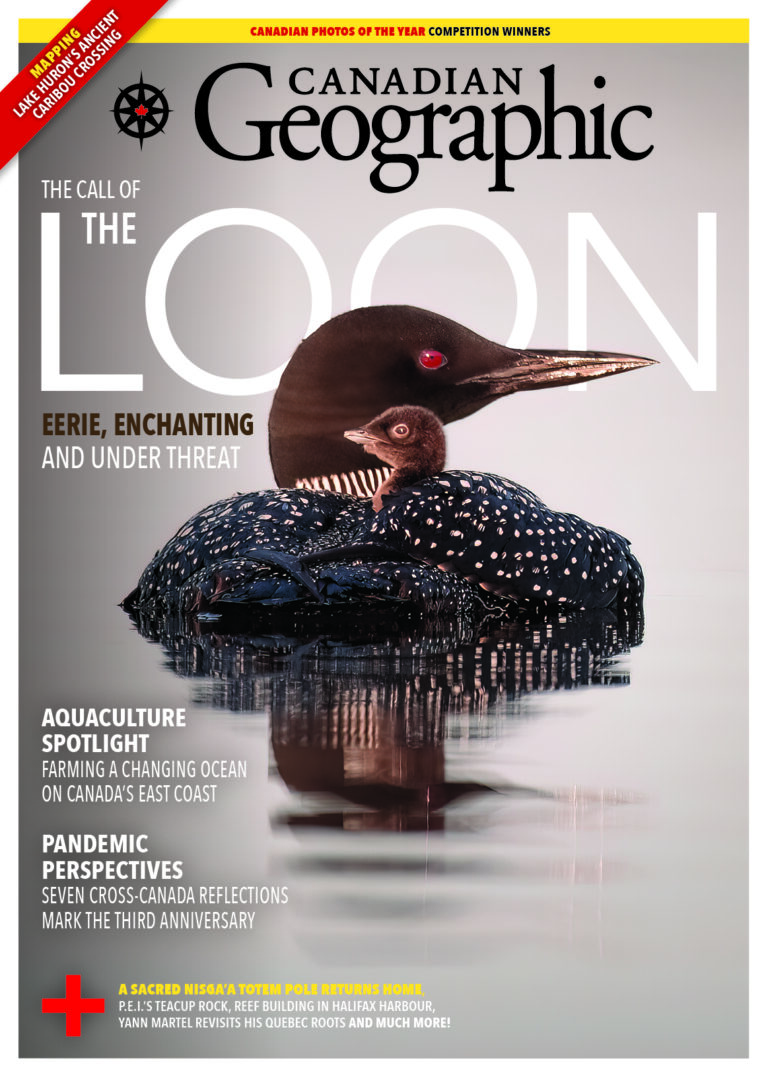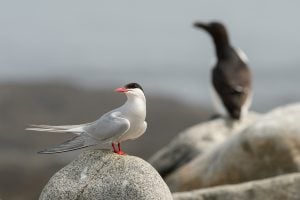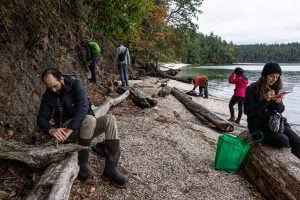Last March, when her boyfriend proposed, he did it with a romantic picnic under the Teacup’s shadow. As fate would have it, their wedding day was Sept. 25, 2022 — the day after Fiona. Most of the island was still without power and overwhelmed by the storm’s widespread wreckage. Family and friends rallied, generators were procured, and people went door-to- door to spread the word: the wedding was on. But only after everyone agreed to keep the Teacup’s collapse a secret from the bride until after the party.
“I found out that night,” McQuaid says. “I bawled, even though I knew it didn’t have a long life ahead of it. Definitely a lot of memories there.”
P.E.I. is built different, its loose sand and brittle sandstone especially vulnerable to erosion. While its 1,100 kilometres of shoreline is always beautiful, the view is often subject to change. Indeed, the Teacup once had a craggy trunk and was known locally as “Elephant Rock,” not to be confused with the other “Elephant Rock” near the island’s northwestern tip that fell apart in 1999, nor with the “Captain’s Head” near Twin Shores, which eroded away in the early ’80s (and, as it happened, also looked a bit like an elephant). The Teacup’s erstwhile trunk broke off sometime before 2009, at which point someone presumably looked at the remaining formation, squinted hard, and saw the outline of a cup and saucer.








